Normally the reefs of Flower Garden Banks National Marine Sanctuary (FGBNMS) are considered to be the healthiest in the region, but now scientists from around the world are trying to figure out what’s behind a mysterious event in the area that’s killed thousands of coral colonies and associated reef invertebrates.
On July 25, sport divers on the M/V Fling reported green, hazy water, huge patches of ugly white mats on corals and sponges, and dead animals littering the bottom at East Flower Garden Bank, buoy #4. The charter captain notified FGBNMS and the U.S. Bureau of Ocean Energy Management (BOEM) researchers, who happened to be a few hundred yards away conducting long-term monitoring efforts at buoy #2.
The FGBNMS team responded quickly, conducting several benthic and fish surveys, and collecting samples in the area before heading back to shore.
Scientists have identified several potential causes of the outbreak, but say it's most likely a combination of stressors at work. Scientists from around the world are offering advice and assistance in trying to help discover the cause.
An initial response cruise was launched with Texas A&M University (TAMU), July 30-August 2, to collect water samples for water chemistry sampling.
A second response cruise, led by FGBNMS, with partners from Rice University, UNCW-Chapel Hill and TAMU, took place August 4-7. Researchers conducted photo transects and scooter surveys, and collected more than 300 samples of corals and sponges, both affected and unaffected, as well as directed water samples in specific areas of the impacted reef. These samples will be analyzed to look at the micro-organism communities and also genetic markers that may indicate specific types of stress. TAMU also deployed a glider that will be running transects throughout the area to continue characterization of the water column.
Based on surveys so far, about 6.3 percent of the corals located in the shallower (less than 90 feet) portions of the reef cap on East Flower Garden Bank were affected by the mortality event. These affected corals are spread across 6.5 acres, with some locations exhibiting up to 70 percent mortality. This could mean several thousand dead coral colonies and untold numbers of associated reef invertebrates including sponges, brittle stars, sea urchins, crabs, worms and shrimp. Many of the dead coral colonies are tens of hundreds of years old.
Although it is still unclear what caused the coral and organism mortality, researchers think the event may no longer be active, except for some discrete areas.
Sanctuary scientists will continue monitoring the area to document recovery over time. Observations will take place more frequently in the short term, followed by annual surveys. Scientists will also be on the look-out for possible indications of additional mortality or coral disease.
Meanwhile, sanctuary managers continue to request that divers and fishers avoid the impacted areas to allow the reef time to heal and to limit the possibility of transferring whatever caused the die-off to healthy areas.






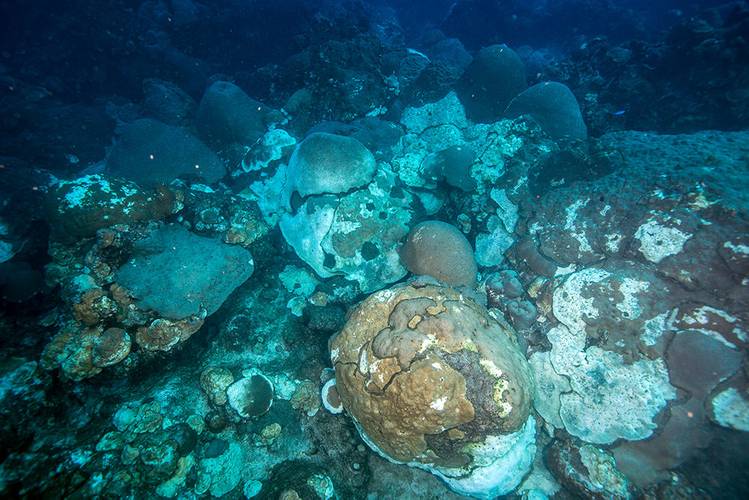
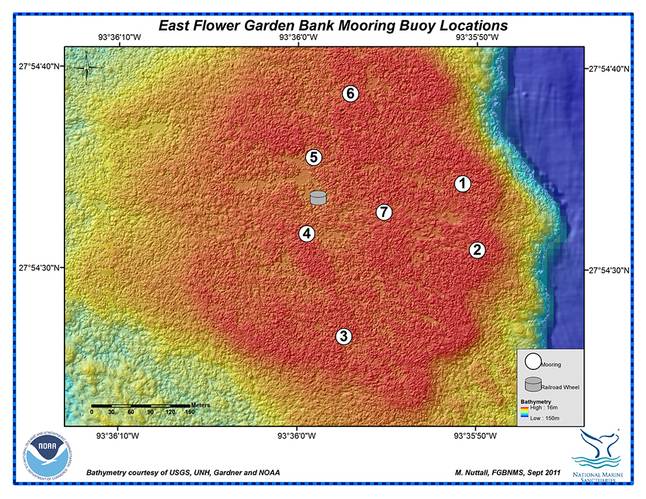
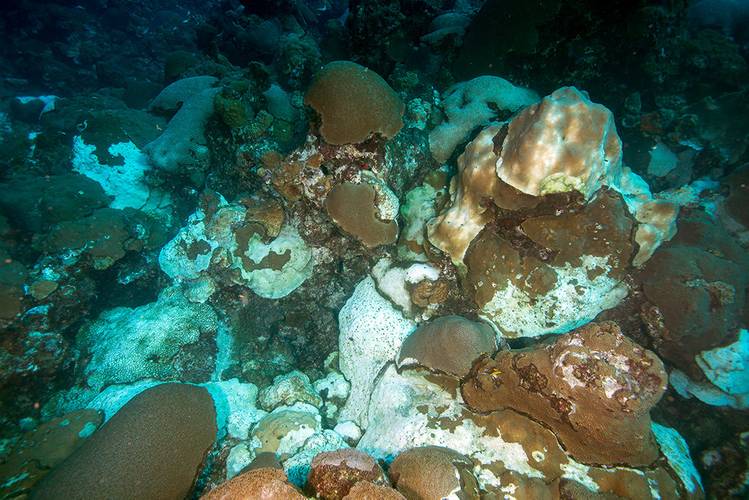
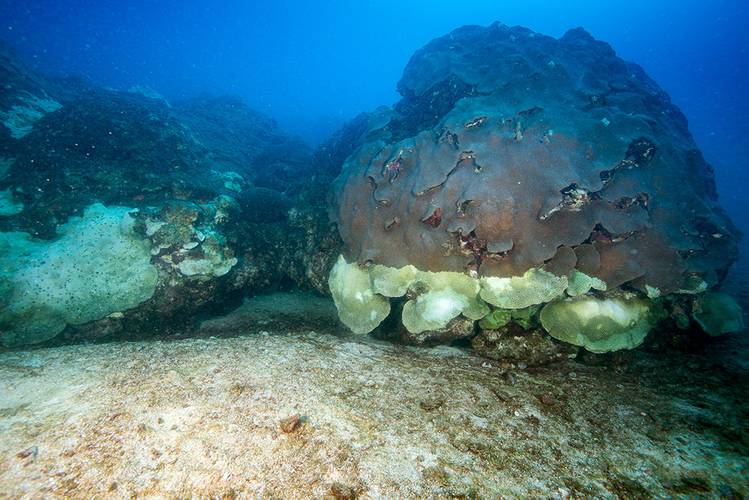
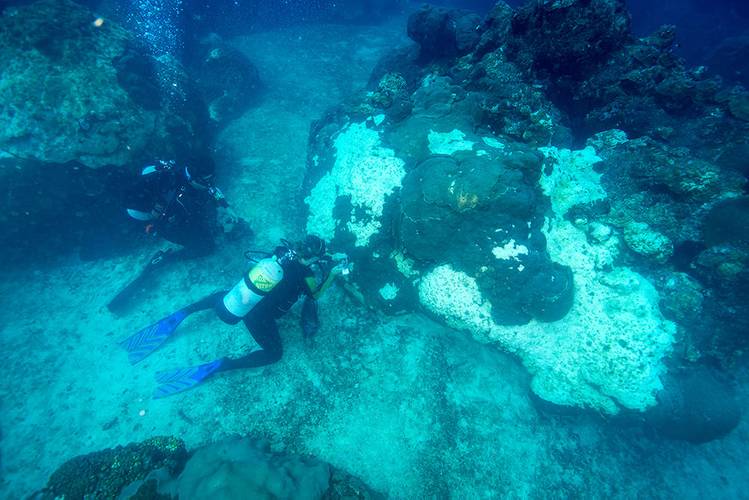
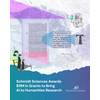








 December 2025
December 2025



